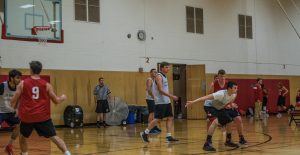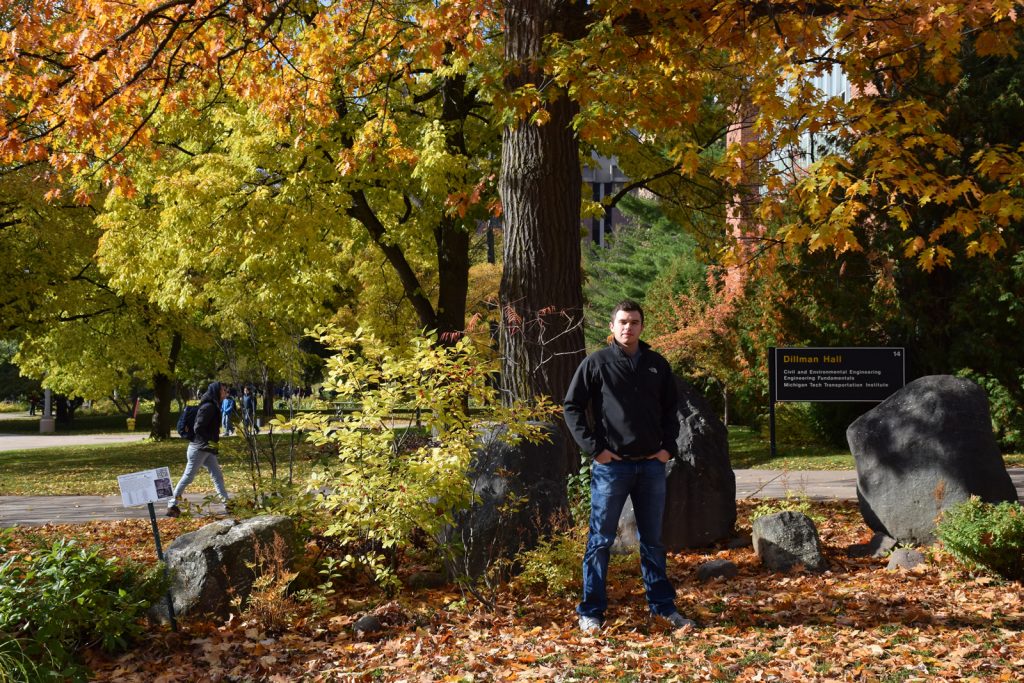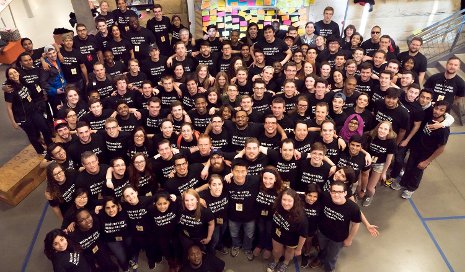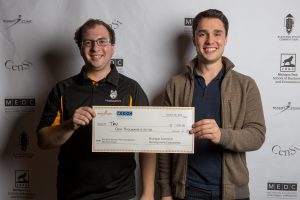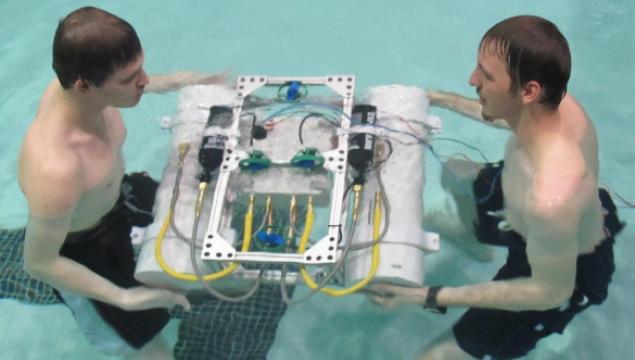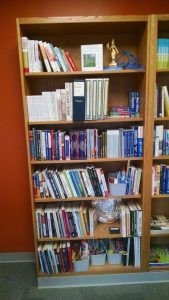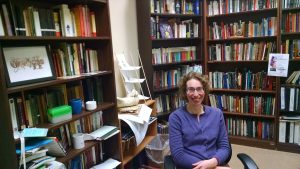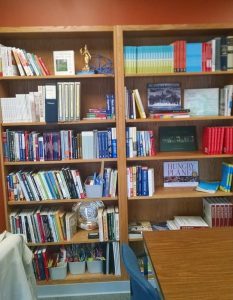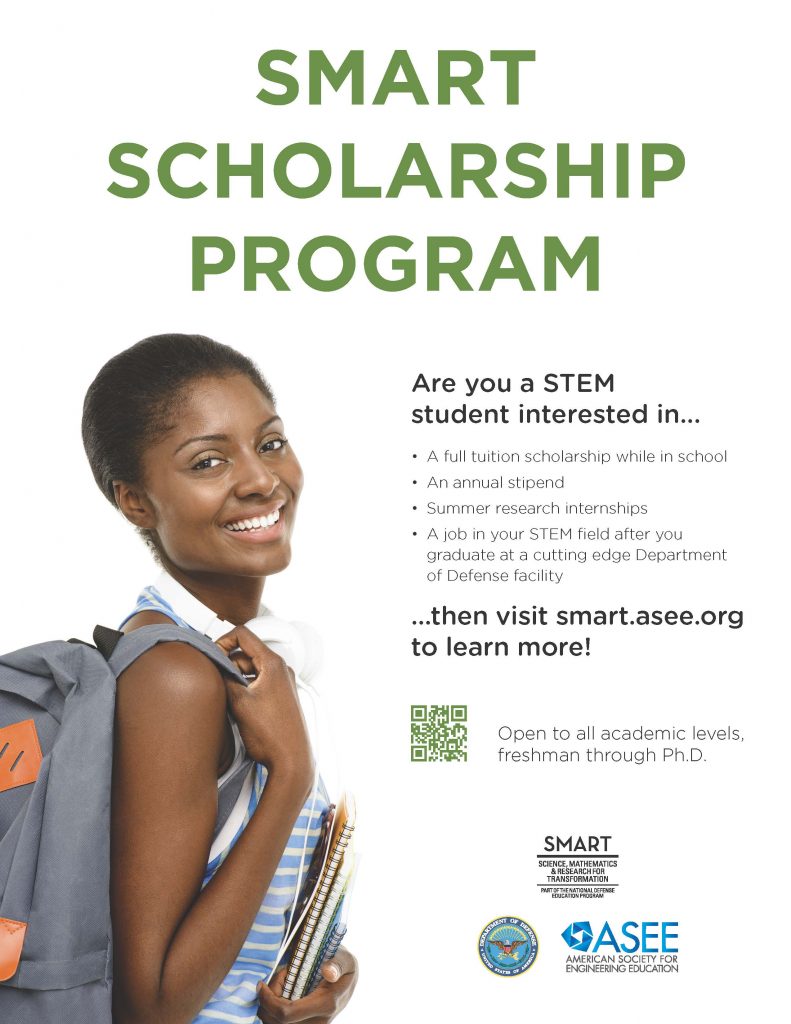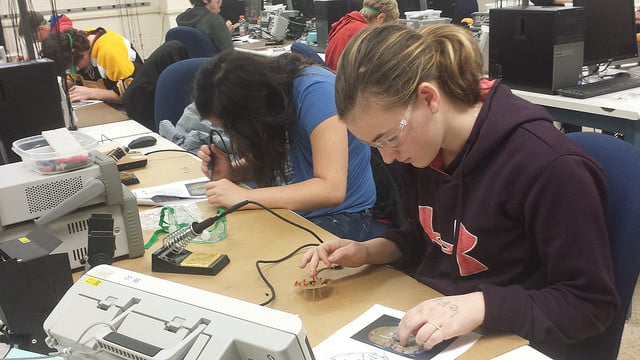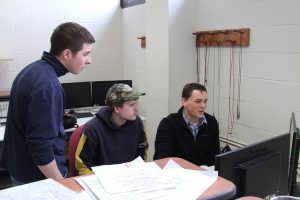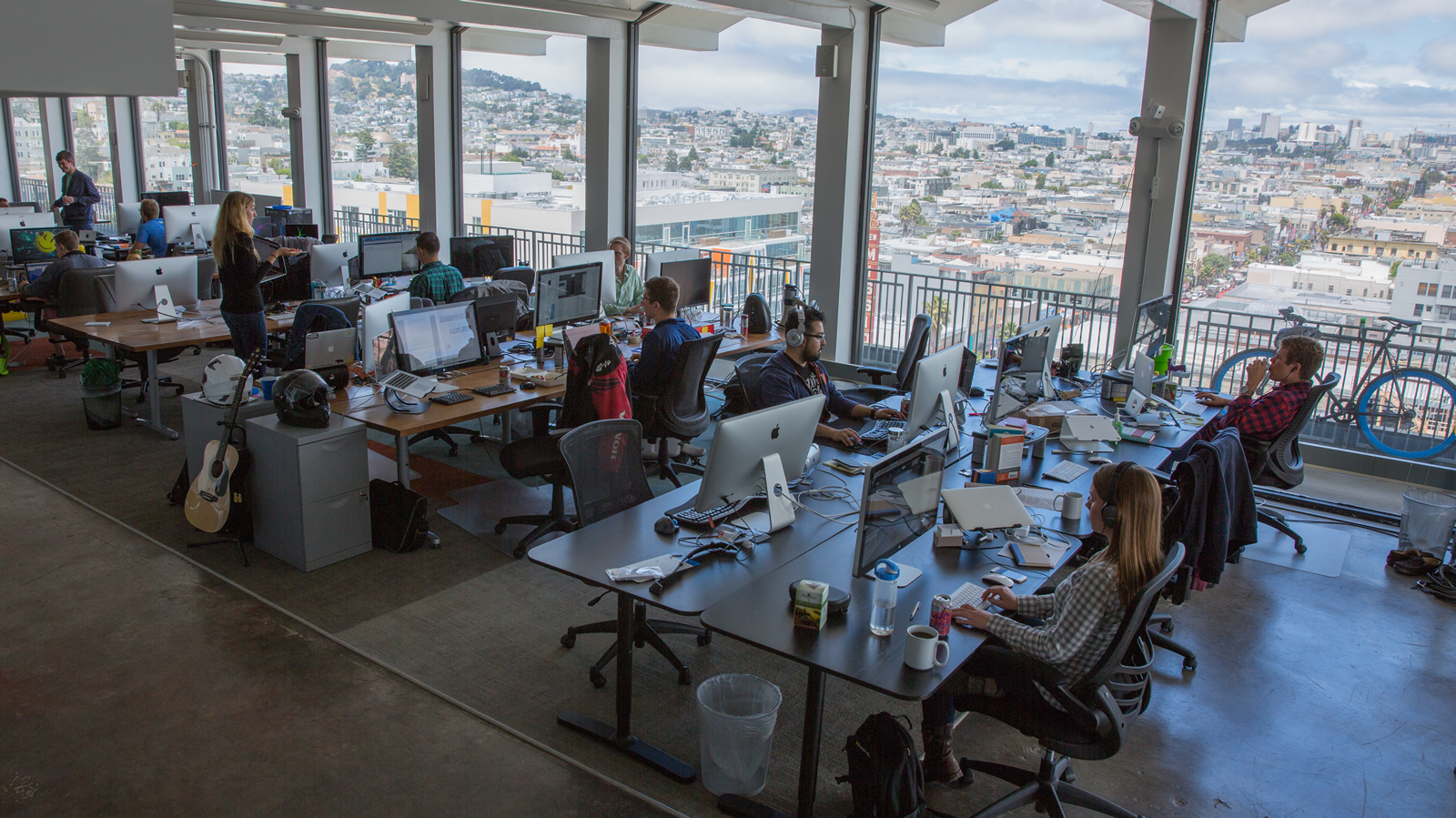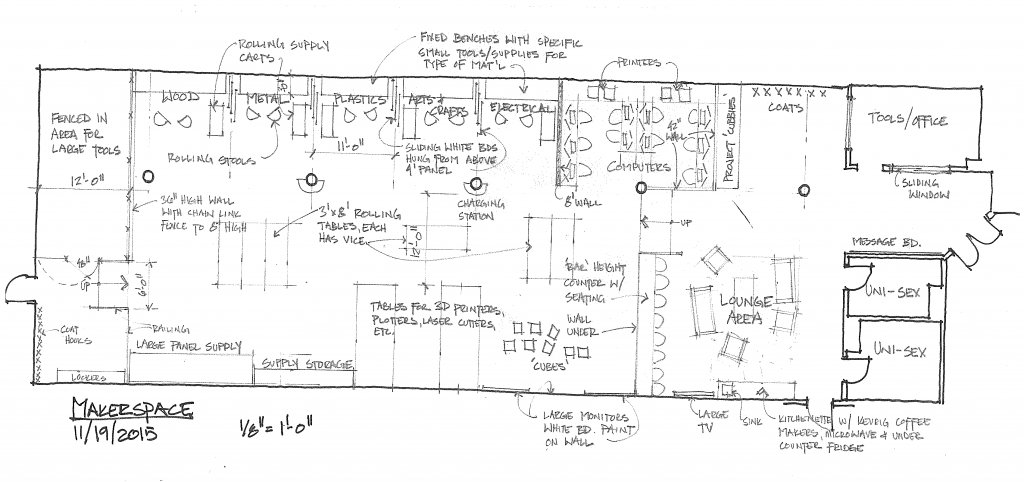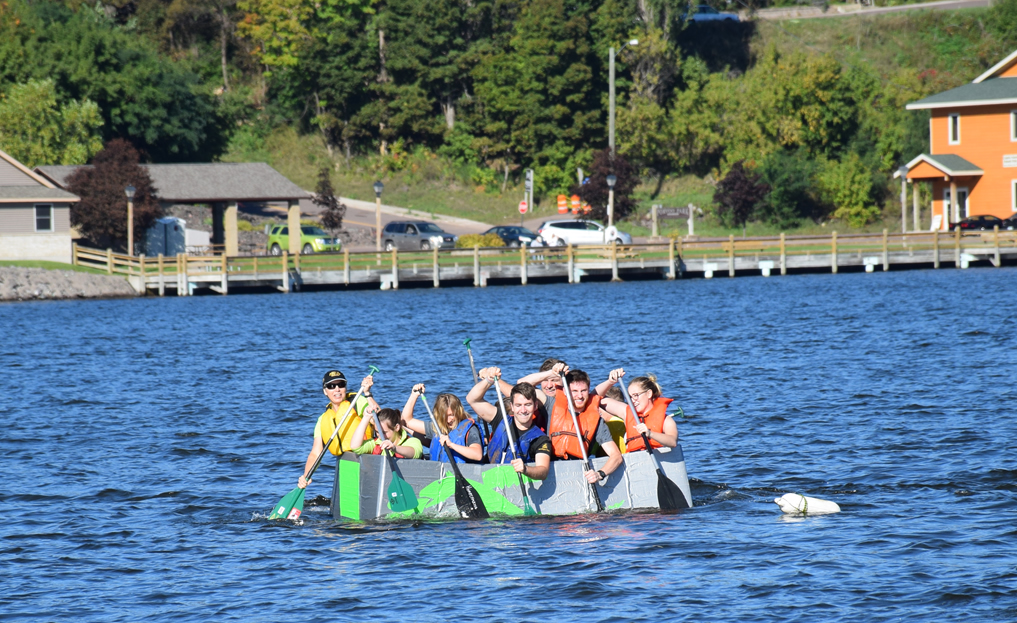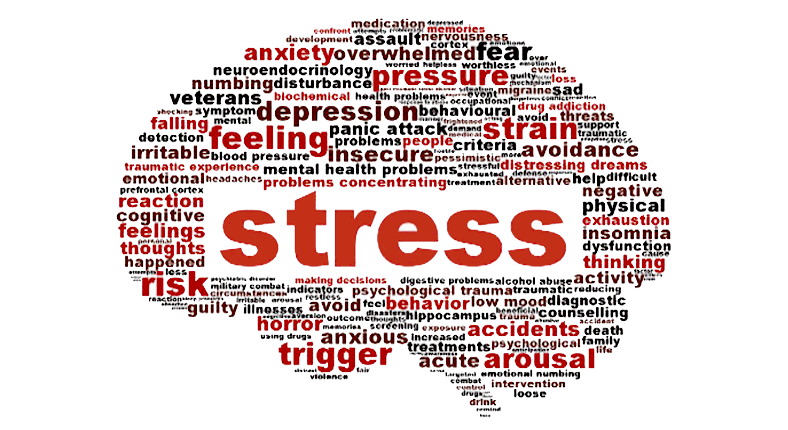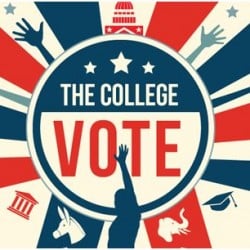Aaron, a third-year Mechanical Engineering major, spends most of his free time supporting the Railroad Engineering & Activities Club (REAC), the Michigan Tech Student chapter of the American Railway Engineering & Maintenance-of-Way Association (AREMA). An active member of REAC and newly elected 2016-17 President, Aaron has visited numerous rail industry sites and volunteers locally at the Quincy Mine & Hoist Association (QMHA) and the Houghton County Historical Society.

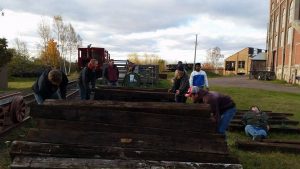
It was through his participation in REAC, that Aaron came to be hired as an undergraduate research and administrative assistant for the Michigan Tech Rail Transportation Program (RTP). His interest in research allowed Aaron to shift from administrative tasks to research activities in a new area related to driver behavior at highway-rail grade crossings. Aaron’s work with the RTP has had a great influence on their ability to advance that research area from an internally funded initiative to an externally funded project by the Federal Railroad Administration (FRA).
Aaron’s initial work focused on reducing data from the Strategic Highway Research Program Naturalistic Driving Study (SHRP2 NDS) through a Michigan Tech Transportation Institute (MTTI) minor initiative. Just last summer, he received a Summer Undergraduate Research Fellowship (SURF) to investigate the use of automated head rotation data as an indicator of driver behavior at railroad grade crossings, and his results are showing great promise for the approach. Aaron attended the AREMA conference in Orlando, FL this past August, and won best undergraduate student poster. Following this success and the growing interest in his work, Aaron was invited to present at the 2017 Joint Rail Conference in Philadelphia this coming April and is busy preparing for the opportunity.
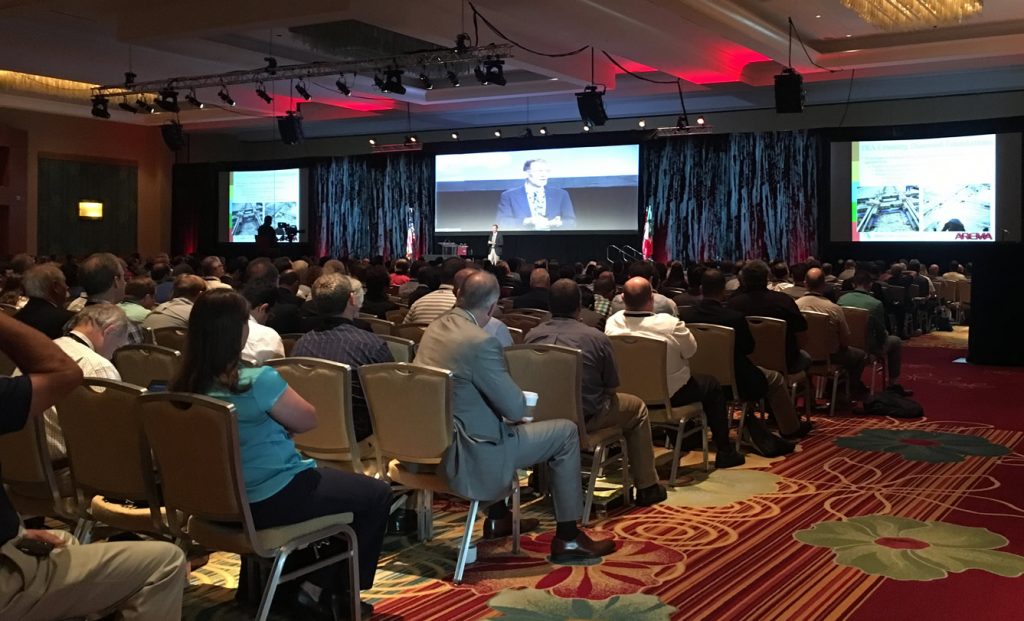
Aaron was recently selected as a DeVlieg Foundation Fellow for the Undergraduate Research Internship Program (URIP) through the Pavlis Honors College. This will allow for continued research and could potentially lead to published works in a notable transportation journal. Aaron’s URIP mentor, Pasi Lautala, Director of the RTP and an Assistant Professor for the Department of Civil and Environmental Engineering, shared, “Aaron Dean got involved in our highway-rail grade crossing research almost immediately after we hired him as an undergraduate assistant for the Rail Transportation Program (RTP). He quickly became our leading student researcher. With his help, we were able to secure a small internal grant from the Michigan Tech Transportation Institute (MTTI) which also led to Aaron’s successful proposal for the Summer Undergraduate Research Fellowship (SURF). It was due to his work that we were able to write a successful proposal for the Federal Railroad Administration (FRA) for a two year study. Aaron is truly a role model for our other students in taking a task and making it his own, and the results are evident from the awards he’s already received.”
 Aaron is also an active member and Public Relations Manager for the Michigan Tech Men’s Basketball Club. His team travels all over the Midwest to play in tournaments with other club teams from other universities. In his spare time, he also enjoys hunting, fishing and playing the guitar.
Aaron is also an active member and Public Relations Manager for the Michigan Tech Men’s Basketball Club. His team travels all over the Midwest to play in tournaments with other club teams from other universities. In his spare time, he also enjoys hunting, fishing and playing the guitar.
